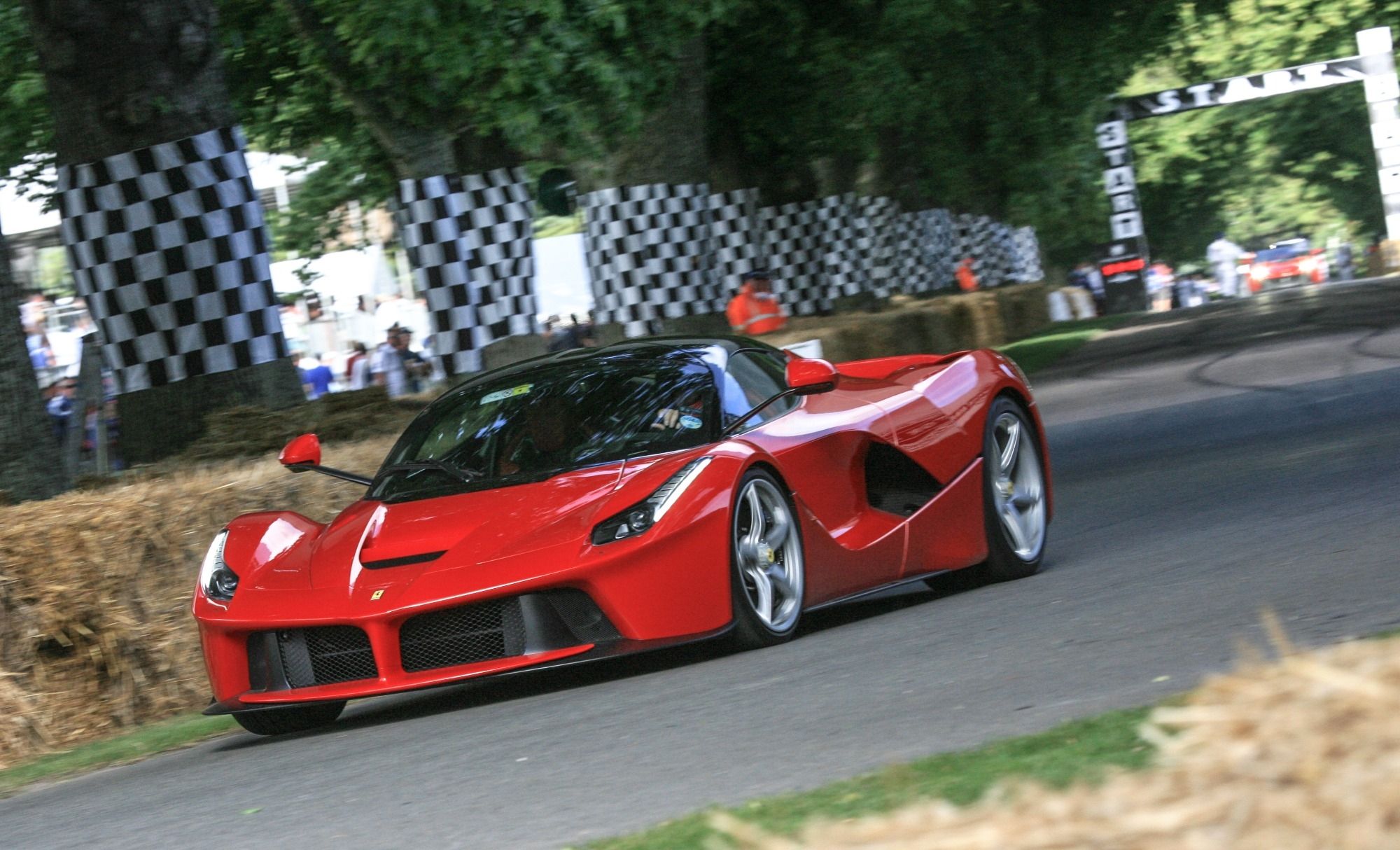
It's not easy for an engineer to become as famous as the car he designed or the person after which the company that built it is named. Nicola Materazzi, who passed away on August 23 at the age of 83, is a prime example.
Most of you won't recognize the name, but you know what a Ferrari is. More importantly, you know that the famous Italian brand is named after Enzo Ferrari, who started building production cars to fund his racing addiction.
Nicola Materazzi worked for Ferrari and was directly responsible for what many consider the best of the breed, the F40. Whether or not the F40 is the greatest is a debate for another time, but we can all agree that it's at least in the top five. That puts Materazzi right up there with Gordon Murray, Carroll Shelby, Colin Chapman, and John DeLorean - the latter more for developing muscle cars than his later exploits.
The F40 has no modern equivalent. The closest is probably the LaFerrari, as it holds the same place as the brand's halo and is a direct successor to the F40.
Materazzi was born in Italy in 1939. Little is known about his early life, but he was reportedly a bright young man. Italy had that whole WWII thing going on, obviously choosing the wrong side. Still, Materazzi is a born and bred Italian, which means he was born with gas pumping through his veins. He quickly became a regular spectator of the annual Targa Florio and races at the infamous Monza.
He graduated as an engineer in Naples and joined Lancia in the 1970s. At Lancia, he was part of the team that transformed the Stratos into a rallying machine. Later he moved over to the department that was working on supercharging engines. In the late '70s, Materazzi moved back into racing. He developed a racing program for Abarth and designed an F2 and F1 car for Osella.
Thanks to his experience in forced induction, Ferrari scooped him up in the early '80s to work on its F1 car. Unfortunately, the technology to make a turbocharged F1 engine last for an entire race did not exist, so Materazzi's talents were wasted within the racing division.
Enzo Ferrari transferred him over to the road car side, which annoyed him so much. Legend has it that Old Man Ferrari was fed up with emissions regulations and simply wanted somebody else to handle the problem while he read the paper and smoked trackside.
Enter Materazzi, who played a significant role in the development of the 288 GTO, also meant for rallying. The Group B class was dropped before the car was finished, so Materazzi moved on to his following product.
The 288 GTO wasn't entirely lost, however. Enzo Ferrari loved the car and challenged Materazzi to build a genuine production car based on it. Ferrari must have known that he would retire soon and wanted the last vehicle he'd sign off to be remarkable.
The result was the F40, an evolution of the 288 GTO. It was equipped with an enlarged version of the GTO's 90-degree twin-turbocharged and intercooled V8 engine. As you know by now, the F40 quickly became an icon thanks to its go-kart-like handling and unforgiving nature. The turbo lag was notoriously unpredictable, but thankfully the non-assisted steering provided loads of feedback.
In addition to the driving experience, the F40 just looked sensational. The stripped-out interior was brutal, while the exterior was supercar 101. It was shaped like a wedge, had an obnoxious rear wing, and fat tires wrapped around the most beautiful five-spoke alloys ever made. Also, pop-up headlights. There has never been a terrible car with pop-up headlights.
Thank you, Mr. Materazzi. Not just for the F40 but for the role you played in turbocharging in general.
